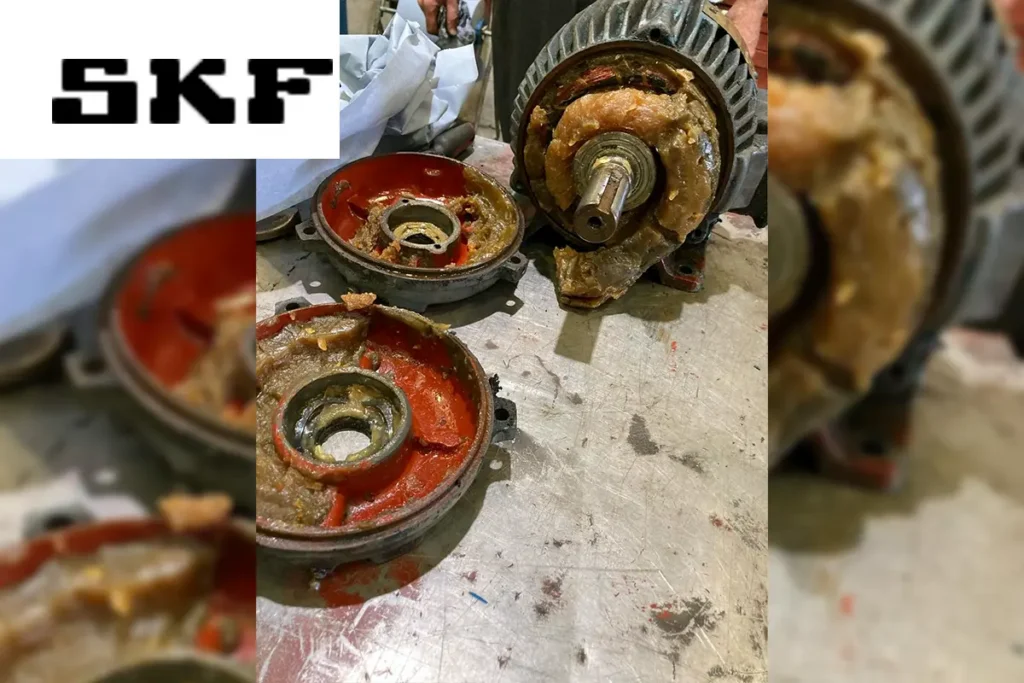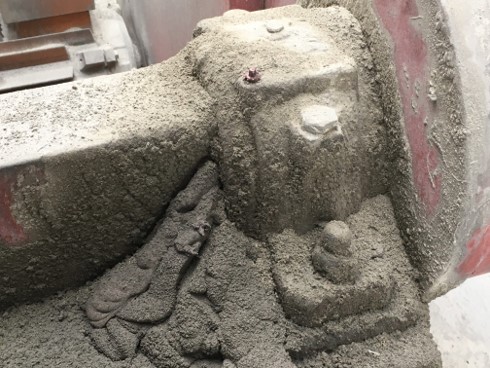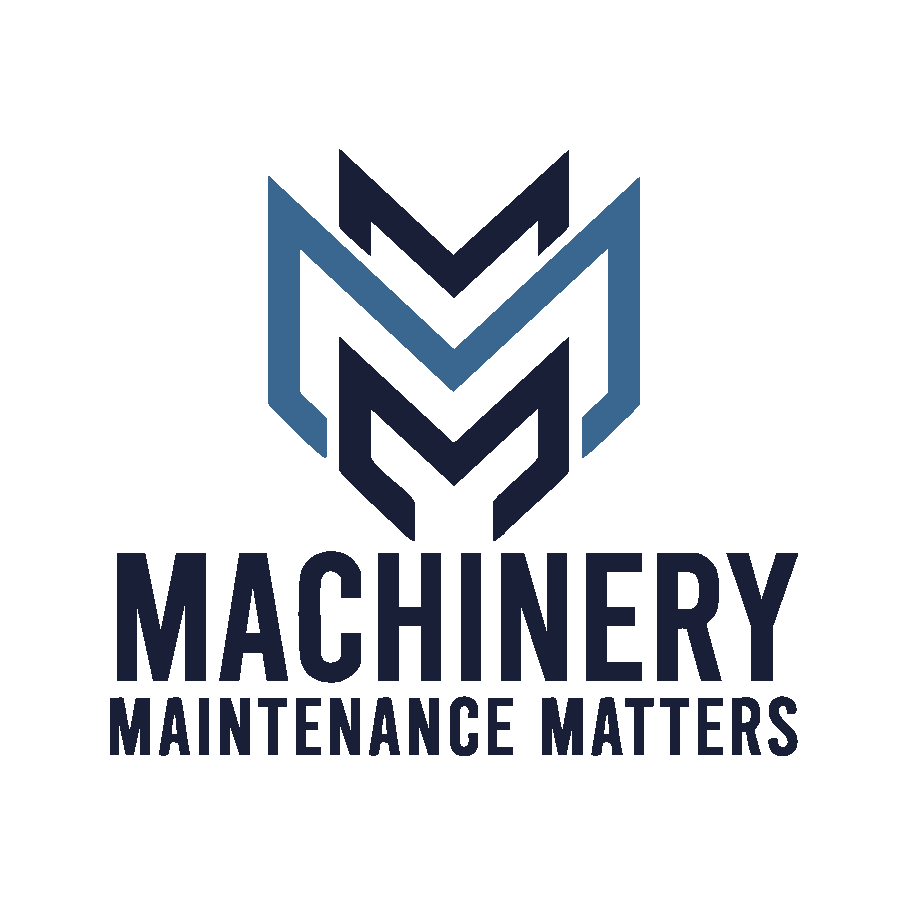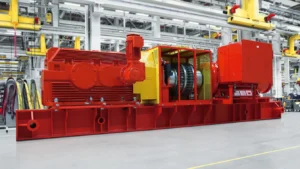There may be advances in lubrication technologies, but basic practices in the application of grease remain as relevant as ever — in fact, more relevant than ever with escalating operating costs. With bearings, the sure-fire way to improve uptime and achieve tangible cost savings is by adopting and applying the tried-and-tested ‘5 Rs’ of lubrication.
Failure of critical machinery at the peak of production is any plant manager’s worst nightmare in the line of duty. The main concern is the consequences of downtime – potential loss of revenue, unplanned repair, and replacement expenditure.
Lubrication-related bearing failure
Unfortunately, more often than not, it is the inevitable outcome of overlooking best practices in machinery maintenance. Usually, one of the problems identified after diagnosis is lubrication-related bearing failure.
SKF South Africa Business Development Manager for Maintenance Products, Eddie Martens, observes that lubrication-related bearing failure occurs at a “worrying frequency.” In fact, over 59 percent of bearing failures are attributed to incorrect lubrication and/or contamination.
Martens has gathered volumes of data during site visits at industrial sites. The data indicates that failures are due to problematic misconceptions, which, unfortunately, are pervasive among artisans and technicians. Aren’t technicians and artisans supposed to be better informed than the layperson in lubrication matters?
This trend is fuelling the veteran’s resolve to raise awareness about the significance of adhering to best practices in bearing lubrication in Southern Africa.

1
Lubrication-related bearing failure
One of the familiar sights is bearings glistening with grease. This is rooted in the belief that the only way to ensure grease has been applied effectively is when it comes out in a clean form on the other side.
2
One grease for different applications
Bizarre as it sounds, there is a belief that any type of grease can be used in different lubrication applications. And who would have thought? This malpractice is prevalent in the mining community. For instance, EP2 grease is considered to possess universal properties suitable for applications ranging from door hinges to fans.
3
Different grease types can be mixed
Based on the universal properties of grease, some technicians see no harm in mixing different types. Perhaps this is a way of creating a more potent version of grease or cutting down on lubricant costs – who knows?
4
Minimum contamination is tolerable
At some industrial sites, two-litre plastic bottles of fizzy drinks or five-litre containers are used to carry or store grease. These ‘multipurpose’ tools also handle water, petrol, and thinners. Never mind exposure to contaminants – it is assumed that grease in safe custody remains pure, or that minimal contamination is tolerable.
5
Assuming equipment is perfect
Using a grease gun (manually or pneumatically operated) and assuming it is in perfect condition without checking its components.
6
Consumables can't be controlled
What about this? Grease is a consumable item; therefore, its costs cannot or need not be controlled.
The Reality
As you would have thought, there is a huge price to pay for a lubrication approach based on misconceptions. By and large, reality hits operations hard in the following ways:
a. High costs
As you would have thought, there is a huge price to pay for a lubrication approach based on misconceptions. By and large, reality hits operations hard in the following ways:
b. Grease is different
Although the basic thickener and base oil of greases may be compatible, certain additives react with other components. Actually, every grease grade is designed to perform within a specific set of parameters and conditions. Hence, when it comes to operational temperatures, it is crucial to stay within those parameters.
c. Too much grease
Excess grease accelerates seal damage. Martens explains how this occurs, referencing the components of a bearing:
“A bearing consists of the following components: an outer race, an inner race, a cage, and rolling elements. When the bearing rotates, the rolling elements must also rotate.”
Then, he illustrates the impact of too much grease on these components:
“If the bearing is filled with grease, the rolling elements lose their ability to rotate and instead slide, causing them to heat up. This is similar to how your hands heat up when you rub them together. The friction generated on the rolling elements of a bearing will cause it to fail in a shorter time.”
d. Contamination
Common sources of contamination include cross-contamination of different grease types, dust, water ingress, or other forms of liquid. A grain of dirt 10 μm in size cannot be seen with the naked eye, yet it can cause huge damage.
“The lubricating film between the contact surfaces, when the unit is at full operating temperature, is between 0.1 and 1.0 μm thick. That 10 μm grain of dirt can easily displace the lubricating film,” Martens explains, adding that contaminated grease or oil leads to sealing failure, necessitating unplanned replacement costs.
e. Downtime
Seal damage results in bearing-related machinery downtime, leading to lost production and potential revenue.
f. Faulty pneumatic grease gun
A faulty pneumatic grease gun cannot deliver the correct amount of grease, leading to under-lubrication.

The Correct Approach
Given the serious implications of incorrect lubrication on bearing health, Martens urges the industry to follow these best practices:
i. Training in tribology
Knowledge is power. Technicians and artisans should undergo a training course in tribology to acquire basic lubrication knowledge.
ii. Correct information on grease
Correct information is vital. For instance, a grease data sheet lists items such as thickener type, base oil type, and additives. Some greases are thick and tacky, while others are almost oil-like in consistency. There are also additives to enhance performance.
Due to this, it is crucial to know which chemicals can be safely mixed and which cannot, Martens advises.
“Data on greases is readily available. For instance, the MaPro catalogue includes a chart showing which thickeners and base oils are compatible. Industry can use the international grading standard for greases from the NLGI (National Lubrication Grease Institute). Grease classifications range from 000 (thinnest) to 6 (thickest).”
iii. Equipment condition
Typically, manually and pneumatically operated grease guns are used. Don’t always assume that the grease gun is in perfect working condition.
Martens advises industry to seek answers to the following questions to ensure optimal performance:
- Is the stroke of the lever the same as the next person’s?
- How old is the grease gun?
- Have the parts worn to the extent that they no longer deliver the same amount of grease?
- Has any grease, in fact, been delivered?
iv. Correct grease amount
Calculating the initial fill for each bearing ensures the correct amount of grease is applied. Alternatively, websites with grease calculation tools can be used.
More can be done, says Martens. “Grease meters should determine the exact amount of lubricant dispensed. Lubrication points should be clearly marked with the grease type, amount, and frequency of lubrication. One method is to use colour-coded labels with grease point details, including type, amount, and frequency of lubrication.”
v. Cost savings on all consumables
The high cost of consumables is a growing concern for companies facing increasing operating expenses. Reducing consumables presents a valuable cost-saving opportunity.
“Achieving long-term savings involves multiple strategies, including automatic lubricators, multipoint lubrication systems, lubrication route planning, and training. In some cases, companies can reduce costs by up to 50%,” Martens recommends.
Ultimately, the objective of lubrication is about increasing bearing availability. The fitting, lubrication method, and level of contamination can create vast differences in service life between identical bearings. For instance, one might last 1,000 hours while another lasts 10,000 hours under optimal conditions.
The '5 Rs' of lubrication
Urging industry to go back to basics, Martens stresses the importance of adopting and applying the ‘5 Rs’ of lubrication (the Lubrication Mantra):
“Use the Right lubricant; the Right quantity; at the Right time; at the Right point; and using the Right method. If this mantra is followed, lubrication should no longer be a mystery, and there will be an improvement in uptime as well as visible cost savings.”








Pingback: The Cardinal Rule: No More, No Less – Machinery Maintenance Matters
Pingback: The Environmental Benefits of Correct Lubrication Storage – Machinery Maintenance Matters